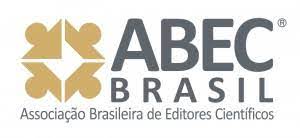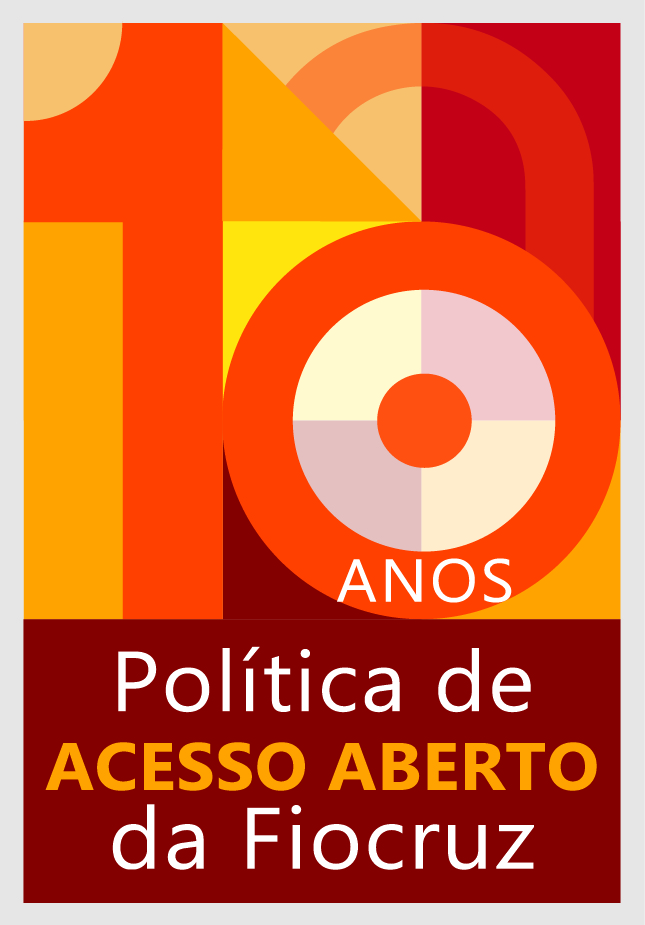The strategy of pharmaceutical patent protection: the case of atazanavir
DOI:
https://doi.org/10.29397/reciis.v10i1.1047Keywords:
Patent, Atazanavir, HIV/Aids, Public health, Intellectual property.Abstract
The high costs of antiretroviral drugs (ARVs) justifies studies on pharmaceutical patenting strategies vis-à-vis the Brazilian public policy of universal access to ARVs. The analysis of the evolution of technology trends through patent study also provides an overview of those involved in the development of a technology. To trace the patenting profile of atazanavir antiretroviral in Brazil and in the world, a study was conducted using Thomson Reuters Integrity database and such study identified the development, production and marketing of this product. 49 patent documents were identified, having been started the protection of this technology in 1996 with Novartis and its licensee Bristol, which claimed protection for the molecule. It remains until 2013, with protection of incremental inventions originating in China. The study has allowed to discuss the importance of the patent system to promoting innovation, and to highlight different types of protection for a product and related technologies.
Downloads
Published
How to Cite
Issue
Section
License
Author’s rights: The author retains unrestricted rights over his work.
Rights to reuse: Reciis adopts the Creative Commons License, CC BY-NC non-commercial attribution according to the Policy on Open Access to Knowledge by Oswaldo Cruz Foundation. With this license, access, download, copy, print, share, reuse, and distribution of articles is allowed, provided that it is for non-commercial use and with source citation, granting proper authorship credits and reference to Reciis. In such cases, no permission is required from the authors or editors.
Rights of authors’s deposit / self-archiving: The authors are encouraged to deposit the published version, along with the link of their article in Reciis, in institutional repositories.












